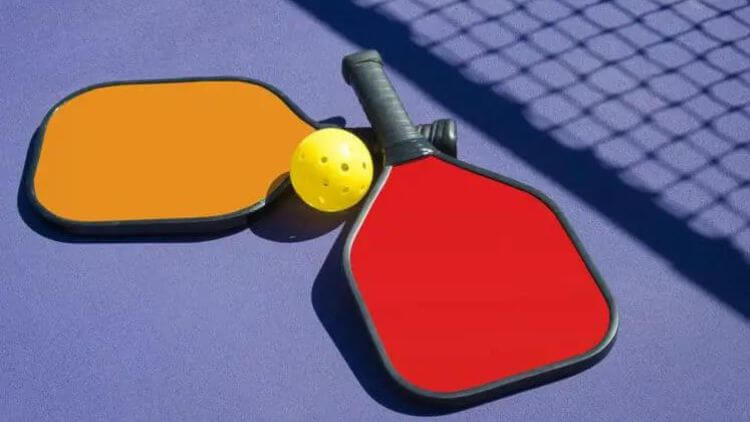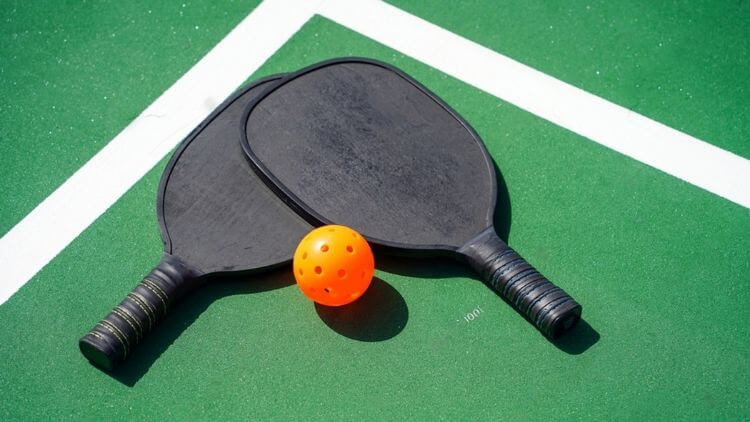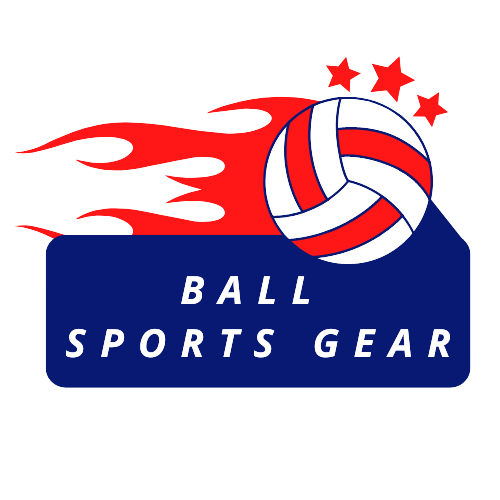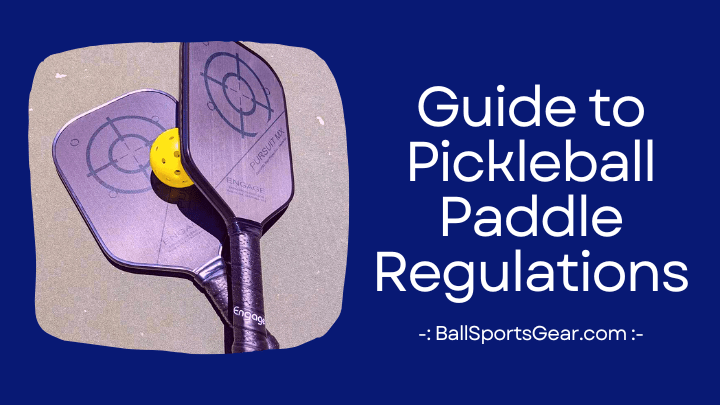Pickleball has gained tremendous popularity in recent years, attracting players of all ages and skill levels. As with any sport, pickleball has specific regulations to ensure fair play and maintain consistency in equipment. One crucial aspect of the game is the pickleball paddle. In this article, we will explore the commonly asked questions and provide clear answers regarding pickleball paddle regulations. Understanding these regulations is essential for players, whether they engage in recreational play or competitive tournaments.
Know Pickleball Paddle Regulations
Material: Choosing the Right Ingredients
A. Understanding Material Regulations:
When it comes to pickleball paddle construction, the material used plays a vital role in determining the paddle’s performance and the overall fairness of the game. The USAPA and IFP have set specific guidelines to maintain uniformity and prevent any undue advantage.
B. USAPA and IFP Criteria:
Core Materials:
The core of a pickleball paddle must be made of a rigid material, ensuring consistent performance across different paddles. Currently, the most common core materials allowed are polymer-based, such as Nomex, aluminum, or composite materials.
Face Materials:
The face or hitting surface of the paddle is also subject to regulations. The USAPA and IFP stipulate that the face should be made of a firm, non-compressible material. Commonly used face materials include graphite, carbon fiber, fiberglass, or composite materials.
Dimensions and Weight:
Pickleball paddle regulations also dictate the allowable dimensions and weight of the equipment. The USAPA specifies the maximum paddle length of 17 inches, maximum width of 7 inches, and maximum weight of 8.5 ounces. These guidelines ensure a level playing field for all players.
Surface: Smoothness, Reflectiveness, and Depictions
A. Smoothness:
The surface of a pickleball paddle must meet certain criteria to maintain fair play. The regulations require the paddle face to be smooth without any rough textures or protrusions that could potentially alter the ball’s trajectory. This ensures a consistent playing experience for all participants.
B. Thoughtfulness:
To prevent any potential distractions or visual disturbances during gameplay, the USAPA and IFP regulations specify that the paddle face should not be highly reflective. Excessive reflectiveness can cause glare under certain lighting conditions, affecting players’ focus and the integrity of the game.

C. Depictions:
The USAPA and IFP standards set limitations on any images or graphics that are shown on the paddle face. Any graphics, logos, or designs worn by players during a game are prohibited because they could distract other players or lead them astray. Fair play and maintaining the game’s emphasis on ability rather than outside factors are the main goals.
Size and Weight:
One of the key aspects of pickleball paddle regulations revolves around size and weight. The governing bodies of pickleball, such as the International Federation of Pickleball (IFP) and the USA Pickleball Association (USAPA), have established guidelines to ensure a level playing field.
Size:
According to the regulations, a pickleball paddle must not exceed a maximum length of 17 inches (43.2 cm) and a maximum width of 7.5 inches (19.1 cm). These measurements help to standardize the equipment and ensure consistency across the sport. It’s important for players to adhere to these dimensions to avoid penalties or disqualification during official tournaments and matches.
Thickness and Weight:
There are no particular rules governing the thickness or weight of a pickleball paddle, unlike the limitations on length and breadth. Due to the variety of paddles available, players may select one that best meets their preferences for weight distribution, manoeuvrability, and power. Although there are no set restrictions, it is important to remember that the weight of the paddle should not be changed in a way that offers players an unfair advantage.
Alterations:
While pickleball paddles come in various designs and configurations, there are specific regulations in place regarding alterations to commercially made paddles. These guidelines ensure that paddle modifications do not compromise the fairness of the game.
Allowed Alterations:
Edge Guard Tape: Players are allowed to add edge guard tape to protect the paddle’s edges from damage. The tape helps prolong the lifespan of the paddle while maintaining its original dimensions and performance.
Lead Tape: Applying lead tape to the paddle is another acceptable alteration. Lead tape is commonly used to fine-tune the balance and weight distribution of the paddle to match a player’s playing style. However, it is important to note that lead tape should be used within reasonable limits to avoid excessive alterations that could provide an unfair advantage.
Grip Changes: Players can alter the grip on their pickleball paddle to suit their personal preferences. This includes replacing the grip material, adding overgrips for improved traction, or modifying the grip thickness. Such alterations can enhance player comfort and control during gameplay without compromising the paddle’s structural integrity.
Decals: Personalizing the paddle with decals or stickers is permitted. These decorative additions do not affect the paddle’s performance or dimensions, as long as they are within reasonable limits and do not interfere with the playability of the paddle.

Frequently Asked Questions
A: In the official pickleball rules, there isn’t a set weight restriction. For fair play, the paddle must, nevertheless, adhere to the specifications for pickleball paddle size regulations and weight.
A: The striking surface (paddle face) must be composed of a firm material and cannot have any holes, perforations, or dings. Wood, composites, and polymers are just a few of the materials that can be used as the core material.
A: Modifying the paddle beyond its original specifications is generally not allowed. It is important to adhere to the manufacturer’s specifications and the official regulations to ensure fair play.
An approved pickleball paddle is necessary to ensure fair play and adherence to official regulations.
Consider the weight, grip size, material, and performance characteristics when choosing a pickleball paddle.
Conclusion
Pickleball paddle size regulations play a vital role in maintaining fairness and uniformity within the sport. By adhering to the specified dimensions, materials, and design guidelines, players can compete on an even playing field. Whether you are a seasoned pickleball enthusiast or just starting out, it is important to familiarize yourself with these regulations to ensure compliance and maximize your enjoyment of the game. So grab your paddle, hit the court, and play pickleball with confidence, knowing that you are within the bounds of the official regulations.

